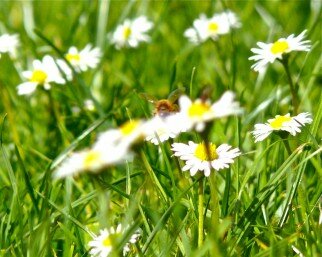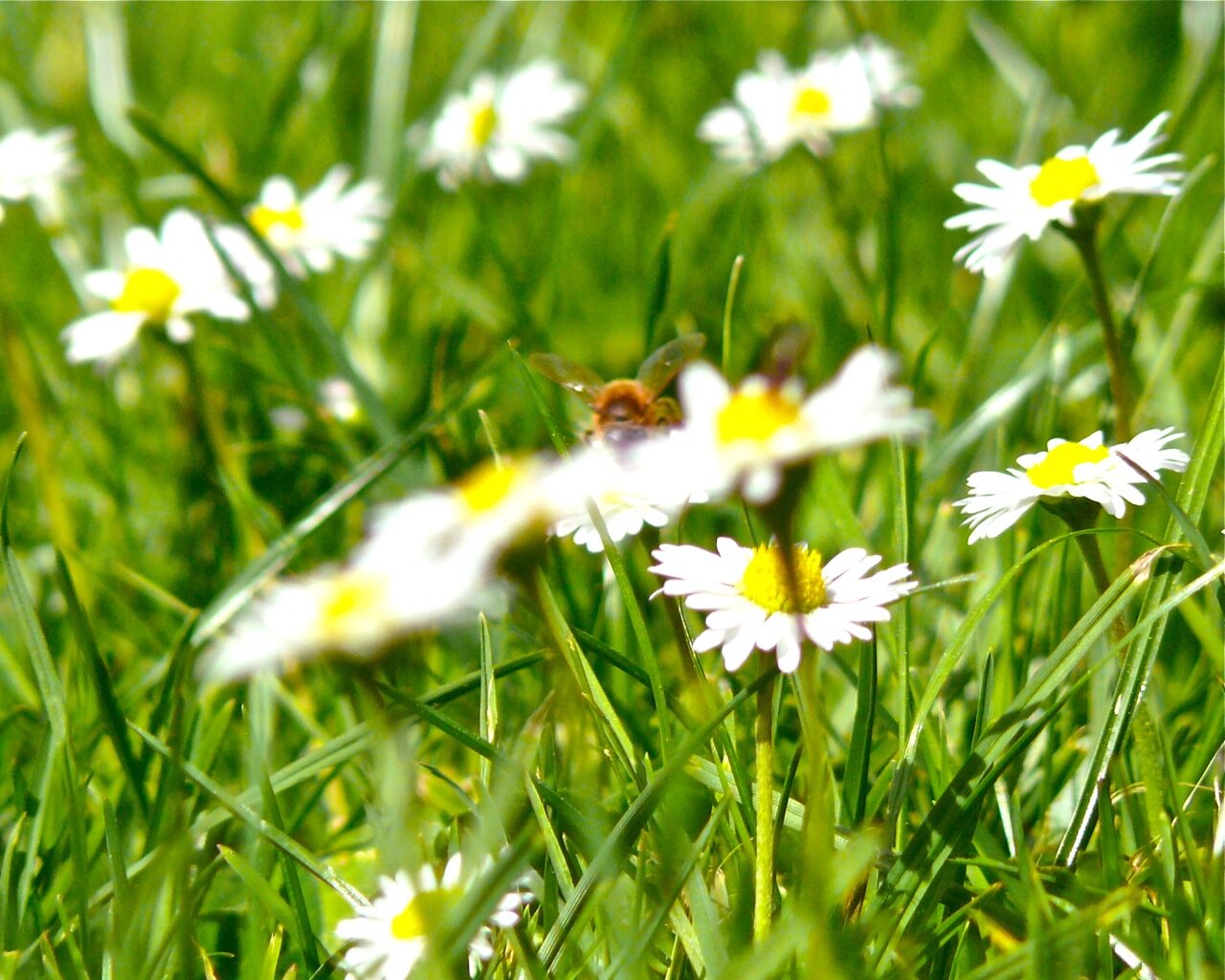 With the EU recommending a limited ban — effective as early as July 1, 2013 — on the class of insecticides known as neonicotinoids, the question becomes whether the U.S.’s EPA, which began a review of their use in 2012, will take the EU’s action as precedent.
With the EU recommending a limited ban — effective as early as July 1, 2013 — on the class of insecticides known as neonicotinoids, the question becomes whether the U.S.’s EPA, which began a review of their use in 2012, will take the EU’s action as precedent.
Of course, if neonicotinoids are indeed a primary factor in the honeybee colony collapse disorder that surged in the mid-2000s, “early” may not be the right word, a decade later.
The EU’s ban specifically applies to application of the neonicotinoids imidacloprid, clothanidin, and thiamethoxam on sunflowers, rapeseed, corn, and cotton. That is not likely to cheer anyone in the Bayer CropScience and Syngenta executive suites — in the U.S., as much as 90-percent of corn seed is treated with a neonicotinoid coating prior to planting (the dust from which is now a concern).
The manufacturers have been in the awkward position of defending the safety of their pesticides: that neonicotinoids kill insects is, after all, their selling point. Syngenta boasts their Actara is a “systemic insecticide that provides excellent, fast-acting and long-lasting elimination of a broad range of foliar and soil pests.” It kills over 160 species.
In mid-2012, Bayer Cropscience was arguing that while there was no correlation with “exposure levels to agrochemicals,” they asked whether the problem was not using enough chemicals: ” beekeepers who are more vigilant in controlling Varroa are less likely to have CCD in their colonies,” claimed Bayer’s environmental toxicology and risk assessment director. (Yes, Bayvarol can help with that.)
It’s perhaps noteworthy — if not to Bayer CropScience — that bees with immune systems compromised by a pesticide are more prone to infestation by the Varroa mite than not. This is an important distinction because the case against neonicotinoids is not simply that, at one whiff, colonies of bees drop out of the air — though high enough concentrations can produce that result.
Neonicotinoids are a) systemic, meaning that they are absorbed by the whole plant, b) long-lasting, remaining active not just for 16 – 200 days as Bayer has testified, but more than three years, and c) cumulative in strength and in effects. So the sublethal doses available in pollen can aggregate in hives over time, or in fields, as leftover plant matter is tilled back into the ground after each harvest.
The dose in pollen is theoretically sublethal, but troubling levels have been detected in sap and nectar — a UC Riverside researcher found “imidacloprid residues in eucalyptus nectar at levels of up to 550 parts per billion (ppb),” when 185 ppb would kill half of a given bee population — California has had neonicotinoids under review since 2009.
Also, not all pesticide poisoning is alike. Dutch toxicologist Henk Tennekes thinks the neurological damage from neonicotinoids is irreversible, so that after several years, bees with slighter exposure would still suffer the kind of bee-dementia noted in colony collapse, where bees lose the ability to navigate back to the hive.
The EPA’s decision should come in 2014, but it’s already clear that the effects from neonicotinoids, underestimated from the outset, may be with us for years to come.
